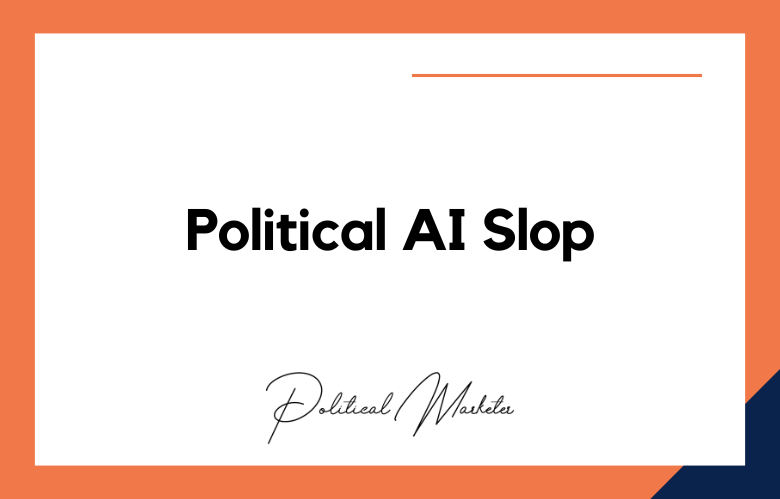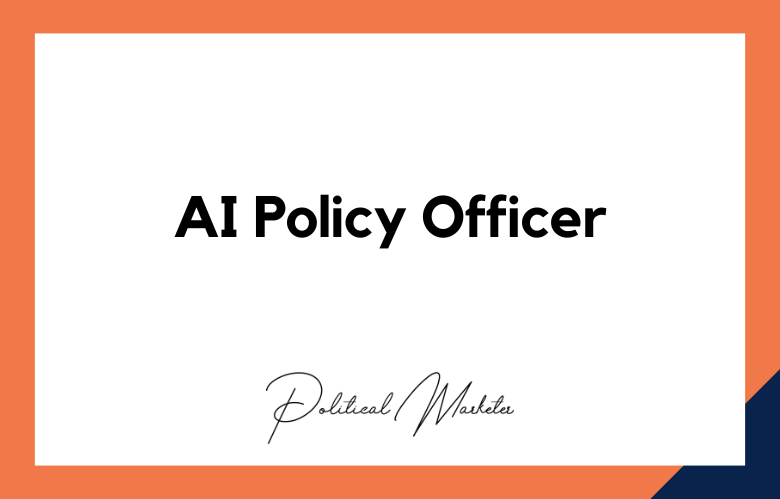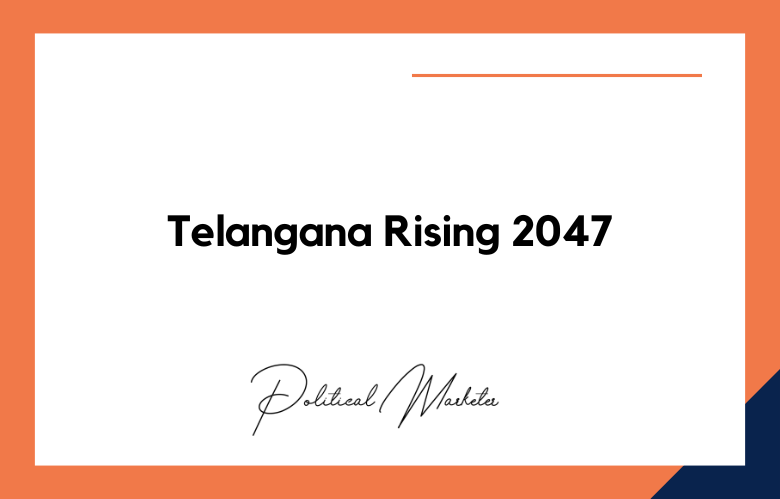The world of politics and election campaigns is highly competitive. Every campaign team and politician aims to get as many votes as possible. In the recent past, data analytics has played a significant role in determining election outcomes. Campaigns with data-driven strategies stand out and are often more successful than those without. We will explore using data analytics to optimize election campaigns for better results.
Build a comprehensive database.
The first step is to build a database with as much information as possible on potential voters. You can use public records, commercial databases, surveys, and voting history, among other sources, to compile this information. Ensure that you keep them updated and accurate. With this information, you can create a target group of likely voters and devise a plan to reach them.
Utilize Social Media
With millions of people on social media, it is a goldmine for campaign teams looking to optimize their election campaigns. Using data analytics, you can create a social media strategy to reach potential voters.
Building a following on social media can help voters identify with your campaign and can also help you understand their concerns better. With social media data analytics tools, you can track how your campaign is performing, learn what content resonates with voters, and optimize your messaging accordingly.
Micro-targeting
Micro-targeting is a data-driven strategy that uses data analytics techniques to determine voters’ behaviors, preferences, and demographics. With this information, you can deliver more personalized messaging at a more cost-effective rate. Using tools like geofencing, you can optimize your message delivery to reach potential voters in your target areas.
Pre-election polls
Getting voters’ feedback as early as possible is essential for a successful political campaign. Pre-election polls will help you understand the mood of the voters, what issues they care about, and their perception of your candidate’s campaign. The information you gather will help you identify areas for improvement and develop a data-driven solution that better appeals to the target voters.
Sentiment Analysis
Sentiment analysis is a powerful tool that can give insight into how people feel about your candidate and the issues important to them. This analysis will help you understand how potential voters are likely to vote. With this data, you can optimize your election campaign to better engage with your voters and increase your chances of success.
Data-Driven Democracy: A Guide to Optimizing Election Campaigns with Analytics
In the current digital age, data-driven campaigns are promising for optimizing election campaigns. As campaigns increasingly rely on analytical insights to make strategic decisions, political candidates must leverage sophisticated algorithms and data analysis techniques to target voters at the right time with the right message.
An effective data-driven campaign requires strategic planning, data management, and advanced analytics. Campaigns need to collect and organize vast amounts of voter data, such as voting histories, demographics, and behavioral patterns, to create predictive models that can be used for efficient targeting. This data can be acquired through various channels, including social media platforms, surveys, and digital advertising.
Vote Smarter, Not Harder: Leveraging Data Analytics in Election Campaigns
In today’s digital age, election campaigns have witnessed a paradigm shift. The traditional methods of canvassing and door-to-door campaigning have given way to data-driven election strategies that leverage advanced data analytics tools to align campaign messages and tactics based on voter preferences.
This approach has become increasingly popular in recent years, with political campaigns tapping into the massive amounts of data generated online to understand voters’ concerns, priorities, and preferences.
Data analytics has become a game-changer in election campaigns, and for a good reason. By analyzing large volumes of data, the technology uncovers meaningful insights that enable political campaigns to develop targeted outreach strategies that resonate with voters.
From using demographic data to identify the best places to canvas to leveraging social media to drive engagement, data analytics tools have enabled campaigns to hone their messages and tactics more precisely than ever.
From Polls to Pixels: Unleashing the Power of Data Analytics in Political Campaigns
In today’s digital age, it is no secret that data analytics has taken the world by storm. From businesses to governments, data analytics has proven to be an invaluable tool for making informed decisions and achieving measurable results. One area that has significantly impacted data analytics is the realm of political campaigns.
Gone are the days when political campaigns relied solely on traditional polling methods to identify and target potential voters. Today, data analytics has taken over. Political campaigns are now leveraging the power of big data to uncover valuable insights about voters and improve their chances of success.
Cracking the Code: How Data Analytics Can Revolutionize Election Strategies
Leveraging Data to Reach Voters
Data analytics can be used to gain insight into the behaviors and preferences of voters, allowing campaigns to tailor their messaging and outreach efforts more effectively.
By leveraging data, campaigns can identify which issues are most important to voters in a particular district and craft messages that resonate with them. Data analytics can target specific demographics or voters who are more likely to support a candidate or issue.
Optimizing Campaign Resources
Data analytics can also help campaigns optimize resources by identifying which strategies most effectively reach potential voters. For example, data analytics can determine which mediums are most effective for reaching specific demographics or regions, allowing campaigns to focus their resources on the most effective tactics. This helps campaigns ensure that they are using their limited funds in the most efficient way possible.
Improving Voter Engagement
Data analytics can also improve voter engagement by providing insights into people’s feelings about a particular candidate or issue. By understanding how people think about a topic, campaigns can craft messages that speak directly to those feelings and create an emotional connection with potential voters.
Data analytics can help campaigns track voter engagement over time, allowing them to adjust their messaging accordingly as sentiment shifts throughout the campaign season.
Enhancing Targeted Advertising
Data analytics can also enhance targeted advertising efforts by helping campaigns identify which ads resonate with potential voters and which fall flat.
This allows campaigns to use their advertising strategy, if necessary, quickly and ensures that they target the right audiences with the right messages at the correct times. Furthermore, data analytics can help campaigns measure the effectiveness of their ads over time so they know exactly what works best for each audience segment they’re targeting.
Analyzing Polling Data
Data analytics is also helpful in analyzing polling data to gain insights into public opinion on a particular candidate or issue. By leveraging data from polls and surveys, campaigns can better understand how people feel about various candidates and issues so they know where to focus their attention on election day.
This information helps campaigns understand how public opinion may shift over time. Hence, they know when it’s necessary to adjust their strategies accordingly to stay ahead of any changes in sentiment among potential voters.
Numbers Don’t Lie: The Science of Winning Elections through Data Analytics
Data analytics has become an integral part of political campaigns in recent years. Identifying and targeting specific demographics with tailored messages has proven an effective strategy for winning elections. This is because numbers don’t lie – they provide insights into what voters want and what issues matter to them.
One of the key benefits of data analytics in politics is the ability to micro-target specific groups of voters. This is done by collecting data on individual voters, such as their voting history, demographics, and interests. This data is then used to create targeted messaging that resonates with these voters. For example, a candidate who supports gun control may create ads targeted toward voters who have indicated an interest in gun control or have a history of voting for candidates who support it.
Democratizing Elections: Harnessing Data Analytics for Inclusive Campaigning
In recent years, the world has seen a rise in the importance of data analytics in elections. Combining the power of machine learning with data gathered from electoral campaigns, politicians can now pinpoint the voting habits and preferences of entire communities. Using data analytics in campaigns has proven effective in ensuring impartiality and reaching out to underrepresented groups.
One of the most welcome effects of democratizing data analytics in elections is that it has helped to level the political playing field. Despite smaller political parties and independent candidates’ genuine challenges, data can now allow them to identify their core voter base, reach out to supporters online, and detect potential volunteers and campaign donors.
Data Mining the Ballot Box: Using Analytics to Unlock Voter Insights
Data mining the ballot box is a powerful analytical approach to uncovering voter insights and understanding election outcomes. By using sophisticated algorithms to analyze vast datasets of voting behavior, we can gain a deeper understanding of what motivates people to vote and how they make their decisions.
One of the key benefits of data mining is its ability to identify patterns and correlations that might need to be apparent through traditional analysis methods.
By examining voting data from past elections, for example, we can look for trends in voting behavior across different demographic groups, geographic regions, and political affiliations. This information can help us better understand how certain messaging or issues resonate with specific groups of voters and what types of tactics are most effective at mobilizing voter turnout.
Conclusion:
Data analytics is the secret weapon for optimizing election campaigns. The power to predict, analyze, and optimize your election campaign with data analytics is a game-changer. By building a comprehensive database, utilizing social media, micro-targeting, conducting pre-election polls, and performing sentiment analysis, you can garner critical insights that will help you win the election.
Implementing these data-driven strategies will help you optimize your campaign, make better-informed policy decisions, and ultimately appeal to more voters.
Call: +91 9848321284
Email: [email protected]
Data Analytics to Optimize Election Campaigns: FAQs
What is data analytics in the context of election campaigns?
It refers to the process of collecting, analyzing, and interpreting voter data to make informed strategic decisions that improve campaign performance and voter outreach.
Why is data analytics important for election campaigns?
Data analytics enables targeted messaging, better voter segmentation, efficient resource allocation, and real-time performance tracking to maximize election impact.
What types of data are most useful in political campaigns?
Demographic data, voting history, social media behavior, event participation, donation patterns, and geographic data are key in campaign optimization.
How does voter segmentation improve campaign targeting?
It allows campaigns to divide the electorate into meaningful groups—such as swing voters, loyalists, or undecided—so each group can receive personalized communication.
Can data analytics predict election outcomes?
While not foolproof, predictive models built on historical and real-time data can estimate likely outcomes, voter turnout, and issue-based sentiment.
What role does social media data play in political analytics?
Social platforms provide insights into voter sentiment, trending issues, and engagement levels, helping campaigns tailor messages accordingly.
How does geospatial data help political campaigns?
It identifies high-density supporter zones, turnout trends by region, and logistics for campaign events or door-to-door outreach strategies.
What tools are used for political data analytics?
Common tools include Tableau, Google Analytics, Microsoft Power BI, NationBuilder, R, Python, and AI-powered platforms like Quorum or Resonate.
How do campaigns use data to improve messaging?
By analyzing issue resonance, language preference, and audience response rates, campaigns can refine slogans, speeches, and digital content for better impact.
Can data analytics help with volunteer mobilization?
Yes. It helps identify areas with active supporters and allocate volunteers efficiently for canvassing, event support, or phone banking.
What is A/B testing in political data analysis?
A/B testing involves comparing two versions of campaign messages or ads to see which performs better with specific voter segments.
How does real-time analytics impact campaign decisions?
Real-time dashboards provide immediate insights into ad performance, event turnout, and voter feedback, allowing for agile adjustments.
What is micro-targeting in political campaigns?
It’s the practice of using data to send highly personalized messages to small voter segments based on behavior, demographics, and issues of interest.
How can data analytics assist in opposition research?
Campaigns can track opponent messaging, engagement, and public perception to develop effective rebuttals and counter-strategies.
Can data analytics improve fundraising effectiveness?
Yes. By analyzing donor history and behavior, campaigns can segment donors, predict high-value supporters, and optimize outreach efforts.
Is data-driven campaigning only for national elections?
No. Local and regional campaigns also benefit significantly from analytics, especially where voter issues and preferences vary widely.
What are ethical concerns with data use in campaigns?
Privacy, informed consent, data accuracy, and transparency in data handling are major ethical concerns in political analytics.
How do campaigns collect voter data ethically?
Through consent-based surveys, public records, website interactions, event registrations, and opt-in digital tools that comply with data laws.
Can analytics reduce campaign costs?
Yes. By focusing efforts on high-impact areas and avoiding wasteful spending, analytics helps campaigns become more cost-effective.
How do campaigns measure data analytics success?
Success is measured through KPIs like voter turnout rates, engagement levels, message recall, conversion rates, and win margins in target segments.










